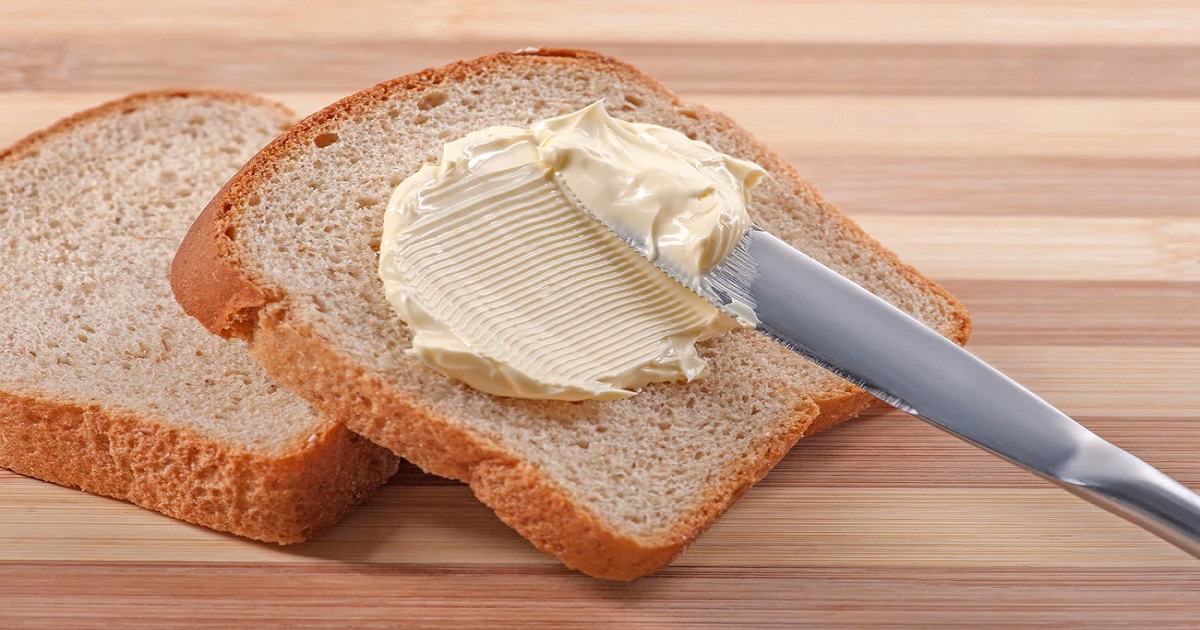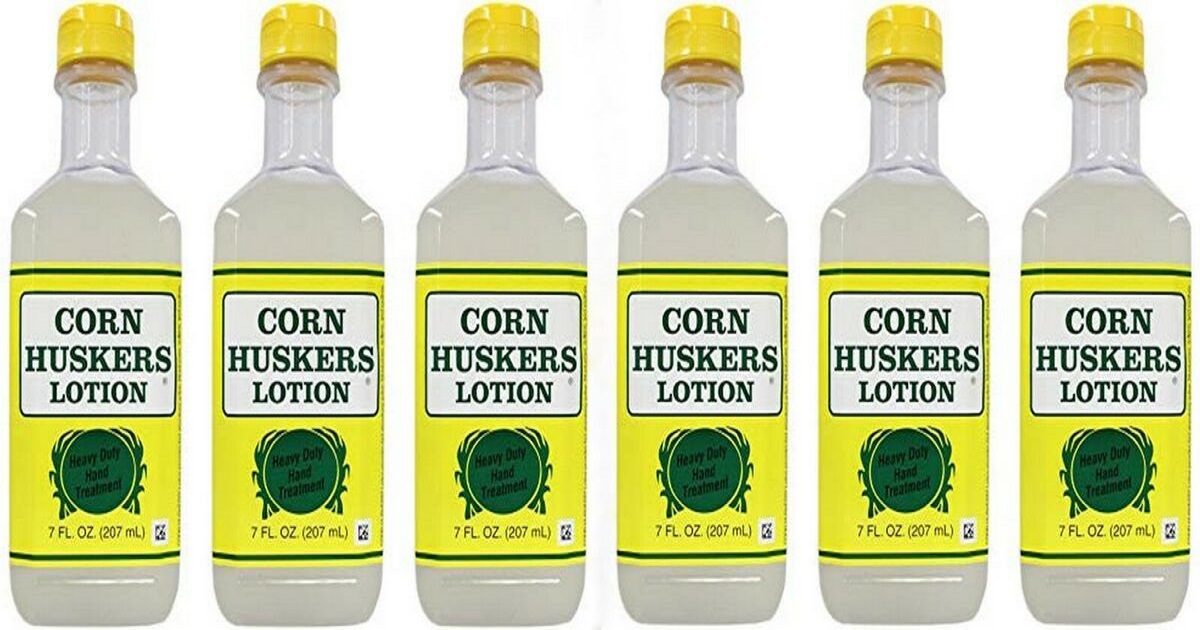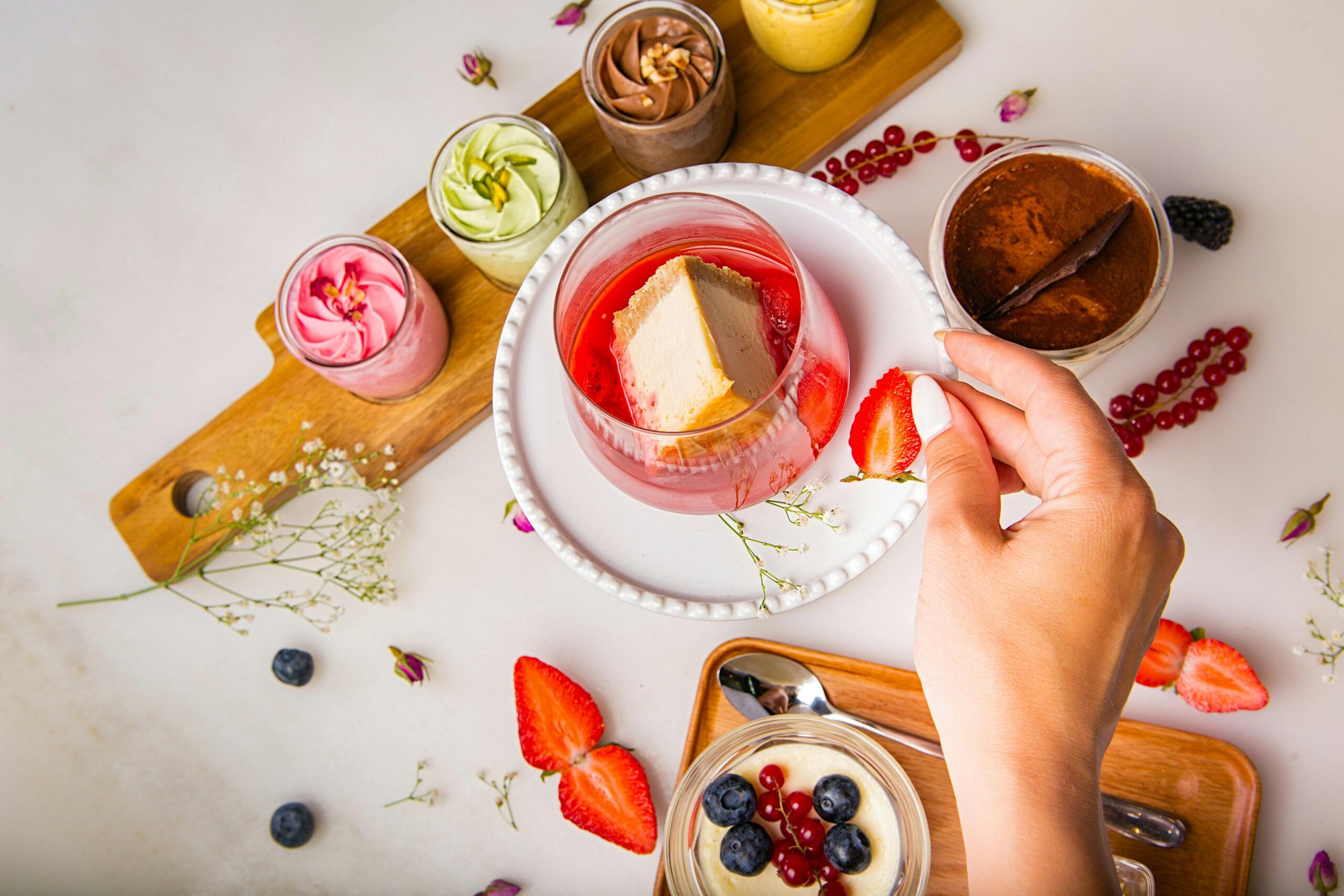Introduction
Cow milk butter is a staple in many households, revered for its rich flavor and versatility in the kitchen. This golden delight, made from the cream of cow’s milk, has been a cherished ingredient for centuries. Whether you’re spreading it on toast, baking a cake, or adding a dollop to your vegetables, cow milk butter adds a touch of magic to countless recipes. But what makes this dairy product so special? Let’s dive into the world of cow milk butter to explore its benefits, uses, and much more.
History of Cow Milk Butter
The history of cow milk butter dates back thousands of years. Ancient civilizations, including the Egyptians and Romans, prized butter not only as a food but also for medicinal and cosmetic purposes. Initially, butter was produced by churning cream by hand, a labor-intensive process that has evolved significantly over time. Today, butter production is a sophisticated industry, blending traditional methods with modern technology to meet global demand.
How Cow Milk Butter is Made
Traditional Methods
In traditional butter-making, fresh cream is collected from cow’s milk and left to sour slightly before being churned. Churning separates the butterfat from the buttermilk, resulting in a solid mass of butter. This method, while less common now, is still used by artisanal producers who value the unique taste and texture it imparts.
Modern Production Techniques
Modern butter production involves pasteurizing cream to eliminate bacteria, followed by churning in large industrial machines. This process is efficient and ensures a consistent product. Butter can be made into various types, including salted and unsalted, depending on whether salt is added during production.
Differences Between Salted and Unsalted Butter
Salted butter has salt added, which acts as a preservative and flavor enhancer. Unsalted butter, on the other hand, has a pure, sweet cream taste and is often preferred in baking for its ability to control the overall salt content of recipes.
Nutritional Value of Cow Milk Butter
Cow milk butter is rich in essential nutrients. It’s a source of healthy fats, providing a balance of saturated and unsaturated fats necessary for various bodily functions. Additionally, butter contains vitamins A, D, E, and K, which are fat-soluble and thus better absorbed when consumed with fats like those in butter. Compared to other fats, such as margarine and oils, butter offers a unique profile of both taste and nutrition.
Health Benefits of Cow Milk Butter
Source of Healthy Fats
Butter is composed of approximately 80% fat, making it a concentrated source of energy. These fats include short-chain and medium-chain fatty acids, which are more easily metabolized by the body compared to long-chain fatty acids found in other oils and fats.
Role in Digestion
Butter contains butyrate, a short-chain fatty acid that supports gut health by promoting the growth of beneficial bacteria and aiding in digestion. This makes butter a valuable addition to a balanced diet.
Impact on Heart Health
Contrary to past beliefs, recent studies suggest that moderate consumption of butter may not negatively impact heart health. The presence of conjugated linoleic acid (CLA) in butter can help reduce body fat and support cardiovascular health.
Common Myths About Butter
Debunking Cholesterol Concerns
One of the most pervasive myths about butter is its impact on cholesterol levels. While butter does contain cholesterol, its effect on blood cholesterol is less significant than once thought. Dietary cholesterol has a minimal impact on the cholesterol levels in your blood compared to the cholesterol your liver produces in response to saturated fat intake.
Clarifying Weight Gain Misconceptions
Another common misconception is that butter leads to weight gain. However, when consumed in moderation, butter can be part of a healthy diet. The fats in butter can increase satiety, helping you feel full longer and potentially aiding in weight management.
Types of Cow Milk Butter
Clarified Butter (Ghee)
Clarified butter, or ghee, is made by melting butter and allowing the water to evaporate and the milk solids to separate. The remaining fat is pure butterfat, which has a higher smoke point and longer shelf life than regular butter. Ghee is popular in Indian cuisine and is prized for its rich, nutty flavor.
Cultured Butter
Cultured butter is made from cream that has been fermented with bacteria before churning. This process gives the butter a tangy, complex flavor and a creamy texture. It’s a favorite among chefs for its distinct taste and culinary versatility.
European vs. American Butter
European butter typically has a higher fat content (82-85%) compared to American butter (80%). This higher fat content gives European butter a richer flavor and smoother texture, making it ideal for baking and gourmet cooking.
Cow Milk Butter in Cooking
Baking with Butter
Butter is a key ingredient in baking, providing flavor, moisture, and structure to baked goods. It helps create flaky pastries, tender cakes, and rich cookies. Understanding how butter interacts with other ingredients is crucial for achieving the best results in your baking endeavors.
Sautéing and Frying
Butter’s rich flavor makes it an excellent choice for sautéing and frying. Its relatively low smoke point means it’s best used over medium heat, where it can enhance the flavors of vegetables, meats, and seafood without burning.
Enhancing Flavors in Dishes
Adding a pat of butter to sauces, soups, and stews can elevate the dish’s flavor, adding a layer of richness and complexity. Butter’s emulsifying properties help blend ingredients smoothly, creating a cohesive and delicious final product.
Butter in Baking: The Science Behind It
Role of Butter in Texture and Taste
Butter affects the texture and taste of baked goods significantly. It creates a tender crumb in cakes and cookies by inhibiting gluten formation. The water in butter also generates steam during baking, contributing to the rise and flakiness in pastries.
How Butter Affects Baking Outcomes
The temperature of butter plays a critical role in baking. Cold butter helps create flaky layers in pastry dough, while softened butter is better for creaming with sugar to incorporate air into cake batters.
Tips for Using Butter in Baking
- Measure accurately: Ensure you use the correct amount of butter as specified in recipes.
- Temperature matters: Use cold butter for pie crusts and room temperature butter for cakes and cookies.
- Quality counts: Use high-quality butter for the best flavor and texture.
Butter as a Spread
Pairing Butter with Bread and Pastries
Butter is a beloved spread for bread, toast, and pastries. Its creamy texture and rich taste enhance the flavor of freshly baked goods, making each bite a delight.
Flavored Butters
Flavored butters are easy to make and add a gourmet touch to meals. By blending butter with herbs, spices, or sweet ingredients like honey, you can create spreads that complement various dishes, from savory meals to sweet treats.
Storage and Shelf Life of Cow Milk Butter
Proper Storage Techniques
To maintain its quality, butter should be stored in a cool, dark place. Ideally, keep it in the refrigerator, wrapped tightly in its original packaging or in an airtight container to prevent it from absorbing other flavors and odors.
How to Tell if Butter Has Gone Bad
Butter can go rancid if not stored properly. Signs of spoilage include a sour smell, discoloration, and an off taste. If your butter develops any of these characteristics, it’s best to discard it.
Extending Butter’s Shelf Life
You can extend the shelf life of butter by freezing it. When properly wrapped, butter can be stored in the freezer for up to six months. Just remember to thaw it in the refrigerator before use to maintain its texture and flavor.
Butter Alternatives and Substitutes
Plant-Based Options
For those who avoid dairy, there are several plant-based butter alternatives made from ingredients like coconut oil, avocado, and nuts. These options can mimic the texture and use of cow milk butter in cooking and baking.
When and How to Substitute Butter
Substituting butter in recipes requires some adjustments. For baking, plant-based butters can generally be used in a 1:1 ratio. However, the moisture content and flavor may differ, so it’s important to choose a substitute that best matches your recipe’s needs.
Sustainable and Ethical Butter Production
Organic Butter
Organic butter is made from the milk of cows that are raised without the use of synthetic pesticides, antibiotics, or hormones. This not only benefits your health but also supports sustainable farming practices.
Animal Welfare Considerations
Choosing butter from sources that prioritize animal welfare ensures that cows are treated humanely. Look for certifications such as Animal Welfare Approved to ensure ethical treatment of dairy animals.
Environmental Impact
The production of dairy butter has an environmental footprint, primarily due to methane emissions from cows and land use. Supporting sustainable dairy farms that implement eco-friendly practices can help mitigate these impacts.
Economic Impact of Butter Production
Butter Industry Statistics
The butter industry is a significant part of the global dairy market. In 2020, global butter production was estimated at around 10 million metric tons. The industry provides livelihoods for millions of farmers and workers worldwide.
Economic Benefits to Farmers
Butter production is economically beneficial to dairy farmers. It allows them to add value to their milk, diversifying their income streams and providing financial stability. This is especially important for small-scale farmers in rural communities.
Conclusion
Cow milk butter is more than just a kitchen staple; it’s a versatile and nutritious ingredient with a rich history and significant culinary importance. From traditional butter-making methods to modern production techniques, and from its role in baking to its health benefits, butter holds a cherished place in our diets.
By understanding its value, debunking common myths, and exploring various types and uses, we can fully appreciate what this golden delight has to offer. So, the next time you spread butter on your toast or use it in a recipe, you’ll know just how special this ingredient truly is.



